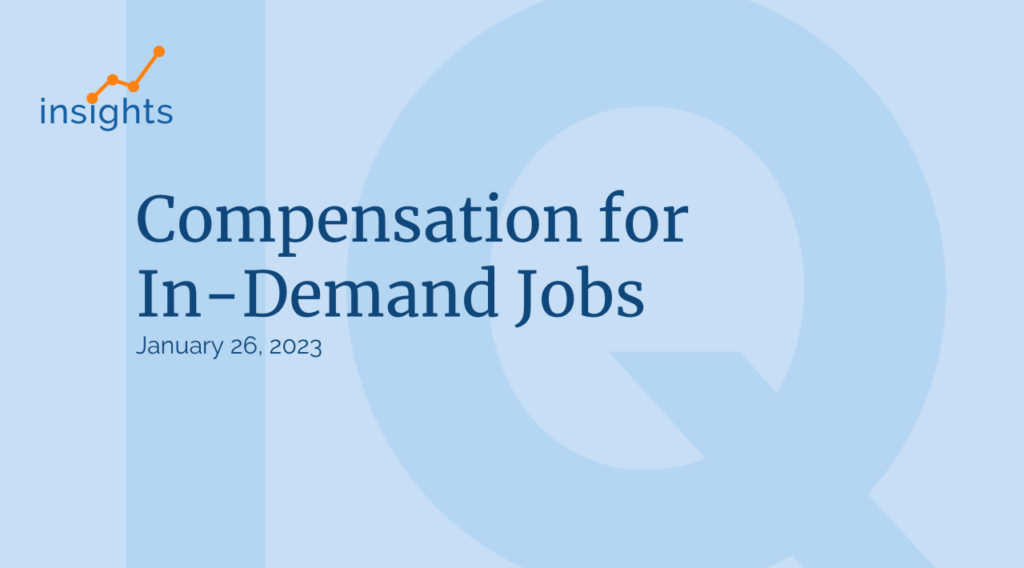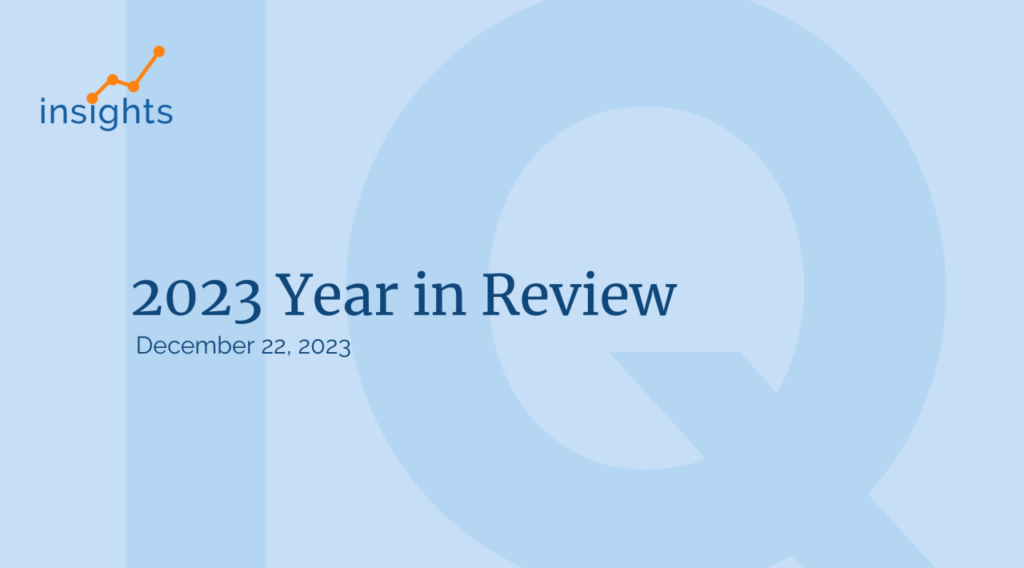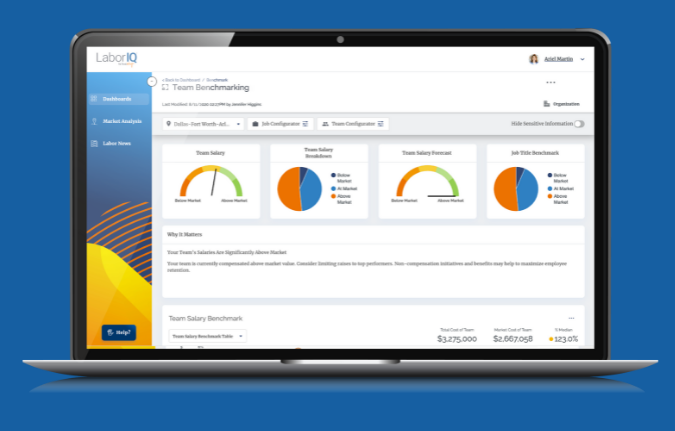The COVID-19 pandemic saw close to:
- 70% of full-time workers working from home.
- With 90% expecting to continue working from home at least once a week after the pandemic.
- And 80% hoping to work from home at least three times a week after the pandemic.
But why is this? What are the drawbacks and benefits of returning to the office? This article explores this question. Let’s get started.

Returning to the Office: The Drawbacks
First, let’s look at the drawbacks of returning to the office for both employees and employers:
Gas Prices
The call for employees to return to the office coincides with a significant rise in gas prices. With gas prices being, on average, 58.7% more than they were this time last year, people are thinking twice before committing to a daily commute to the office.
Well-being
As many as 48% of remote workers say that working from home (WFH) enables a better work/life balance. Additionally, 82% of remote workers state that remote working creates more flexible working hours. This, in turn, reduces stress levels, increases job satisfaction and decreases the likelihood of burnout.
Commercial Property
With the government-mandated lockdowns throughout the pandemic, many businesses and commercial property owners were immediately affected, particularly those in retail and hospitality.
This left commercial landlords in a tricky financial situation and property valuations became increasingly challenging. As a result of the shrinking need for commercial properties and the fact retail agents couldn’t conduct valuations in person, the value of these properties decreased.
Today, companies looking to return to an office may have difficulty finding a suitable space for their needs at the right price. Not only that, but with the rise in WFH’s popularity, employers might not have enough employees willing to return to an office to make this expenditure worthwhile.
Subleasing is something to consider here. For the uninitiated, commercial subleasing is an agreement to lease the space from a tenant rather than directly from the property owner. It allows you to cut costs and avoid termination costs if you need to end the contract sooner than intended.
Of course, there are drawbacks to this tight leasing arrangement. For example:
- Not being able to modify the space.
- If something goes wrong and needs fixing, it could take longer to get done.
- You’re bound by the terms of the landlord and any terms the tenant decides, so you need to make sure you understand both before leasing the space.
Returning to the Office: The Benefits
Working remotely seems to have many benefits, but what are the benefits of returning to the office? Let’s take a look.
Collaboration
As many as 27% of workers admitted that collaboration and communication were more complex when working remotely. This could be due to internet issues, video and sound quality, or at-home distractions and noises.
In contrast, returning to work provides an environment tailored for collaboration and communication. Not to mention, distractions and outside noises are usually limited.
Career Progression
Some worry that working remotely means being out of sight and out of mind, which could affect career progression and promotions. Unfortunately, these fears aren’t unfounded – 38% of remote workers are less likely to receive bonuses than those who work in the office.
Well-being
Though we mentioned above that employee well-being can benefit from remote working, the same can be said of returning to the office.
Though studies indicate that remote working can improve well-being for many people, 19% of employees report that loneliness is the biggest hurdle they experience with remote working.
In fact, according to one study, 70% of workers found that working from home was more stressful because they had to mix their work and home responsibilities.
Interestingly, a further 70% stated that friendships in the workplace are one of the biggest contributors to workplace happiness. While remote working doesn’t prevent socializing with colleagues, it may not be enough for some workers to view and speak to their work friends via a screen.
The Bottom Line
Overall, returning to the office comes with many pros and cons. Remote working often comes down to individual preferences.
Some people and businesses have thrived from remote work and would do well to continue with this arrangement. Others have suffered from it and would benefit from returning to the routine of working in the office again.
If you’re unsure of which way to take your business, why not send out an employee survey to gauge their thoughts on the subject? Incorporate their feedback and communicate this as you determine the best option for your organization..




















